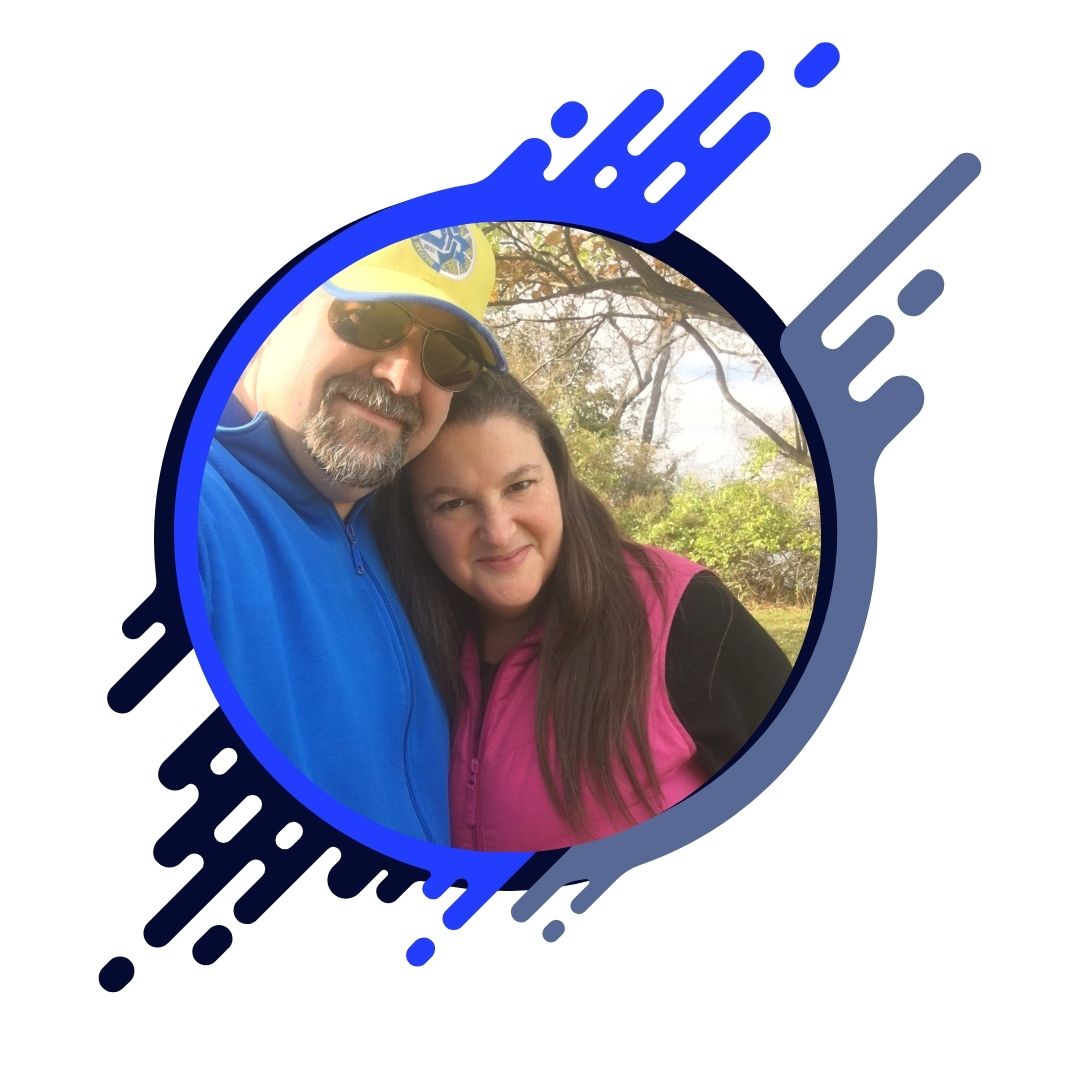
Attention Deficit Hyperactivity Disorder (ADHD) impacts millions of teens worldwide, often leading parents to search tirelessly for solutions to help their children focus, manage emotions, and thrive academically and socially. Traditional treatments like medication and behavioral therapy can be effective, but they aren’t one-size-fits-all and may come with unwanted side effects. For parents exploring holistic and non-invasive treatments, neurofeedback has emerged as a promising approach worth considering.
What is Neurofeedback?
Neurofeedback, often referred to as EEG biofeedback, is a therapy that helps individuals regulate their brain activity. This treatment uses technology to monitor brainwaves and provides real-time feedback to encourage brainwave patterns that promote focus, calmness, and self-control. Think of it as a brain workout—just as physical exercise strengthens muscles, neurofeedback trains the brain to function more efficiently.
For teens with ADHD, neurofeedback focuses on teaching their brains to reduce disruptive patterns associated with inattention, impulsivity, and hyperactivity. The process is safe, non-invasive, and drug-free, making it an appealing choice for families seeking a natural treatment option.
How Does Neurofeedback Work?
Neurofeedback operates by measuring brainwave activity through sensors placed on the scalp. These sensors track electrical activity in different regions of the brain without causing any discomfort. The data is then displayed via visual or auditory signals—for example, a video game or a dynamic graph—that the teen interacts with.
When desirable brain activity is detected, the neurofeedback system rewards the brain, encouraging it to maintain these patterns. Over repeated sessions, this “positive reinforcement” helps the brain learn and sustain more productive activity, improving attention spans and emotional regulation.
Sessions are typically held once or twice a week, with each session lasting 30–60 minutes. Progress is gradual, but many parents and practitioners report seeing noticeable improvements in concentration, mood, and behavior within 20–40 sessions.
Why Choose Neurofeedback for Treating ADHD?
Parents are often drawn to neurofeedback for ADHD because it offers several unique benefits:
1. Non-Invasive and Drug-Free
Unlike medication, which can carry side effects like appetite changes, sleep disturbances, or mood swings, neurofeedback is entirely non-invasive. It doesn’t involve any substances entering the body, making it a safer alternative for families concerned about long-term dependence on medication.
2. Personalized Treatment
Every teen with ADHD experiences the condition differently. Neurofeedback allows for highly tailored interventions by targeting the brain’s specific dysregulated areas. This customization makes it well-suited for teens with diverse symptoms or coexisting conditions like anxiety or learning difficulties.
3. Focus on Root Cause
Rather than masking symptoms, neurofeedback aims to address the root cause of ADHD by enhancing brain function. The goal is not just short-term improvement but long-term, sustainable change that equips teens with the ability to self-regulate their focus and emotions.
4. Provides Agency
Teens often find neurofeedback engaging because they actively participate in their treatment. The use of gamified systems like moving images or sounds makes the process collaborative and empowering, boosting their confidence in overcoming challenges.
5. Backed by Research
While neurofeedback isn’t a new concept, its application to ADHD has gained significant attention over the years. Studies have shown that neurofeedback can lead to substantial ADHD symptom reduction, with some suggesting its effects are comparable to those of stimulant medications—but without the side effects.
Is Neurofeedback Right for Your Teen?
Every teen is unique, and deciding whether neurofeedback is a suitable treatment depends on several factors. Here are a few questions to consider:
- Have traditional ADHD treatments, like medication or therapy, been insufficient or caused unwanted side effects?
- Are you looking for a holistic, non-invasive alternative that complements existing treatments?
- Is your teen open to engaging in a therapeutic process that requires time and consistency?
If you answered “yes” to these questions, consulting with a neurofeedback practitioner could be an excellent next step. Professionals will typically start with a brainwave assessment to evaluate whether neurofeedback is a good match for your teen’s needs.
What to Expect During the First Neurofeedback Session
The initial consultation is straightforward and stress-free. A practitioner will conduct an assessment, which may include a brain map (a QEEG report) to analyze your teen’s brain activity. This map helps identify areas of dysregulation and informs how the treatment plan will be personalized.
Once sessions begin, you’ll notice that the process itself is simple and comfortable. Your teen will sit in a relaxing chair, with sensors placed on their scalp to monitor brainwaves as they complete an activity, like watching a video or playing a game. Over time, the brain naturally begins to adopt healthier patterns, and changes in focus, mood, and behavior will gradually become noticeable.
Supporting Teens Through Neurofeedback
While neurofeedback holds great potential, it’s important to recognize that it works best when paired with other supportive strategies:
- Healthy Lifestyle: Encouraging a balanced diet, regular exercise, and consistent sleep helps optimize the brain’s ability to adapt during neurofeedback training.
- Mindfulness and Coping Tools: Teaching stress-reduction techniques, such as mindfulness or breathwork, can further help your teen manage ADHD symptoms.
- Open Communication: Talk with your teen about their progress and experiences during the neurofeedback process to foster a sense of collaboration and empowerment.
Moving Towards Empowerment and Growth
ADHD is a challenging condition, but it’s important to remember that your teen’s brain is capable of remarkable growth and change. Neurofeedback offers a compassionate, non-invasive approach to treatment that can help teens unlock their potential and build the skills needed to succeed at home, in school, and beyond.
If you’re considering neurofeedback for your teen, reach out to a qualified practitioner to discuss how this innovative therapy could fit into your family’s wellness plan. Together, we can nurture every teen’s ability to thrive on their terms.


0 Comments